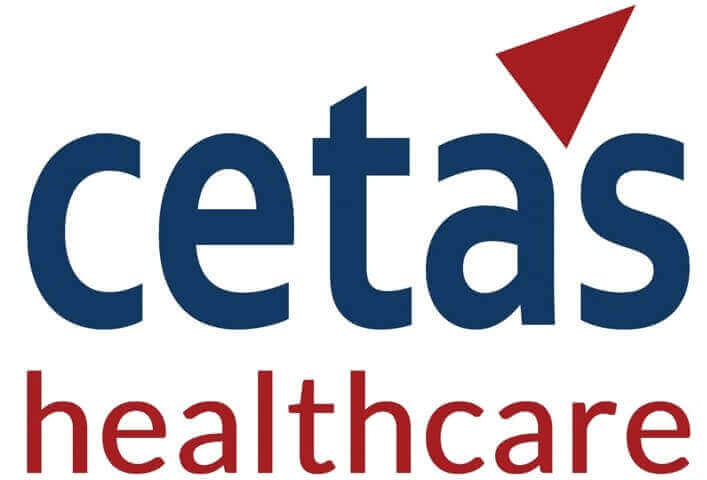X
The fusion of market research and regulatory considerations can provide valuable insights and help medical device manufacturers make informed decisions when choosing a market for their product launch. Here’s how the combination of these two factors can be beneficial:
Market research helps identify the needs, preferences, and trends within different markets. By analyzing market research data, manufacturers can gain insights into factors such as patient demographics, healthcare infrastructure, treatment practices, and market dynamics. This information can guide the selection of target markets where there is a strong demand for the specific medical device being developed.
Market research provides data on the size and growth potential of different markets. This information enables manufacturers to evaluate the market opportunities and potential return on investment. By combining market research with regulatory considerations, manufacturers can identify markets with favorable regulatory environments that align with their product’s intended use and target patient population.
Regulatory considerations are crucial when launching a medical device in a new market. Each market has its own regulatory framework and requirements for market entry. By conducting regulatory assessments, manufacturers can assess the complexity, timelines, and costs associated with regulatory clearance or approval in different markets. Understanding the regulatory landscape helps identify markets where the regulatory requirements align with the manufacturer’s capabilities and resources.
Regulatory challenges can pose risks and uncertainties for market entry. By integrating regulatory expertise with market research, manufacturers can assess the regulatory risks and challenges associated with specific markets. They can identify markets with favorable regulatory pathways, clear guidelines, and established processes, reducing the regulatory hurdles and streamlining the product launch process.
Market access and reimbursement are critical factors that impact the commercial success of a medical device. Market research helps identify markets with favorable reimbursement systems and potential barriers to access. Regulatory expertise helps navigate the regulatory requirements and documentation needed for successful reimbursement applications. By combining these insights, manufacturers can prioritize markets where reimbursement pathways align with the product’s value proposition, increasing the chances of market acceptance and adoption.
The fusion of market research and regulatory considerations allows manufacturers to make data-driven, strategic decisions. It helps identify markets that offer a balance between market potential, regulatory feasibility, and commercial viability. By considering both aspects, manufacturers can prioritize their resources and efforts to target markets that provide the best opportunities for successful product launch and market penetration.
In conclusion, integrating market research with regulatory considerations is essential for medical device manufacturers aiming to make informed decisions. By leveraging comprehensive insights, companies can navigate the complex regulatory landscape more effectively, ensuring compliance and driving innovation. Partnering with experts like Cetas Healthcare can streamline this process, providing the strategic guidance needed to succeed in today’s competitive market.


We provide the best insights for your business
